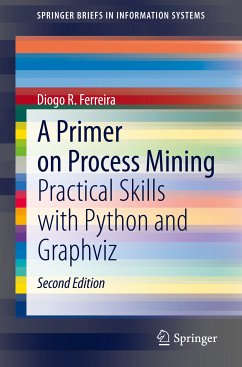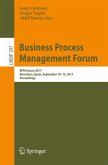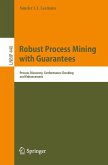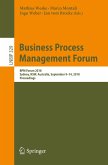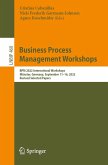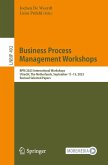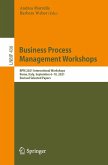The main goal of this book is to explain the core ideas of process mining, and to demonstrate how they can be implemented using just some basic tools that are available to any computer scientist or data scientist. It describes how to analyze event logs in order to discover the behavior of real-world business processes. The end result can often be visualized as a graph, and the book explains how to use Python and Graphviz to render these graphs intuitively. Overall, it enables the reader to implement process mining techniques on his or her own, independently of any specific process mining tool. An introduction to two popular process mining tools, namely Disco and ProM, is also provided. In this second edition the code snippets have been updated to Python 3, and some smaller errors have been corrected.
The book will be especially valuable for self-study or as a precursor to a more advanced text. Practitioners and students will be able to follow along on their own, even if they have no prior knowledge of the topic. After reading this book, they will be able to more confidently proceed to the research literature if needed.
Dieser Download kann aus rechtlichen Gründen nur mit Rechnungsadresse in A, B, BG, CY, CZ, D, DK, EW, E, FIN, F, GR, HR, H, IRL, I, LT, L, LR, M, NL, PL, P, R, S, SLO, SK ausgeliefert werden.

